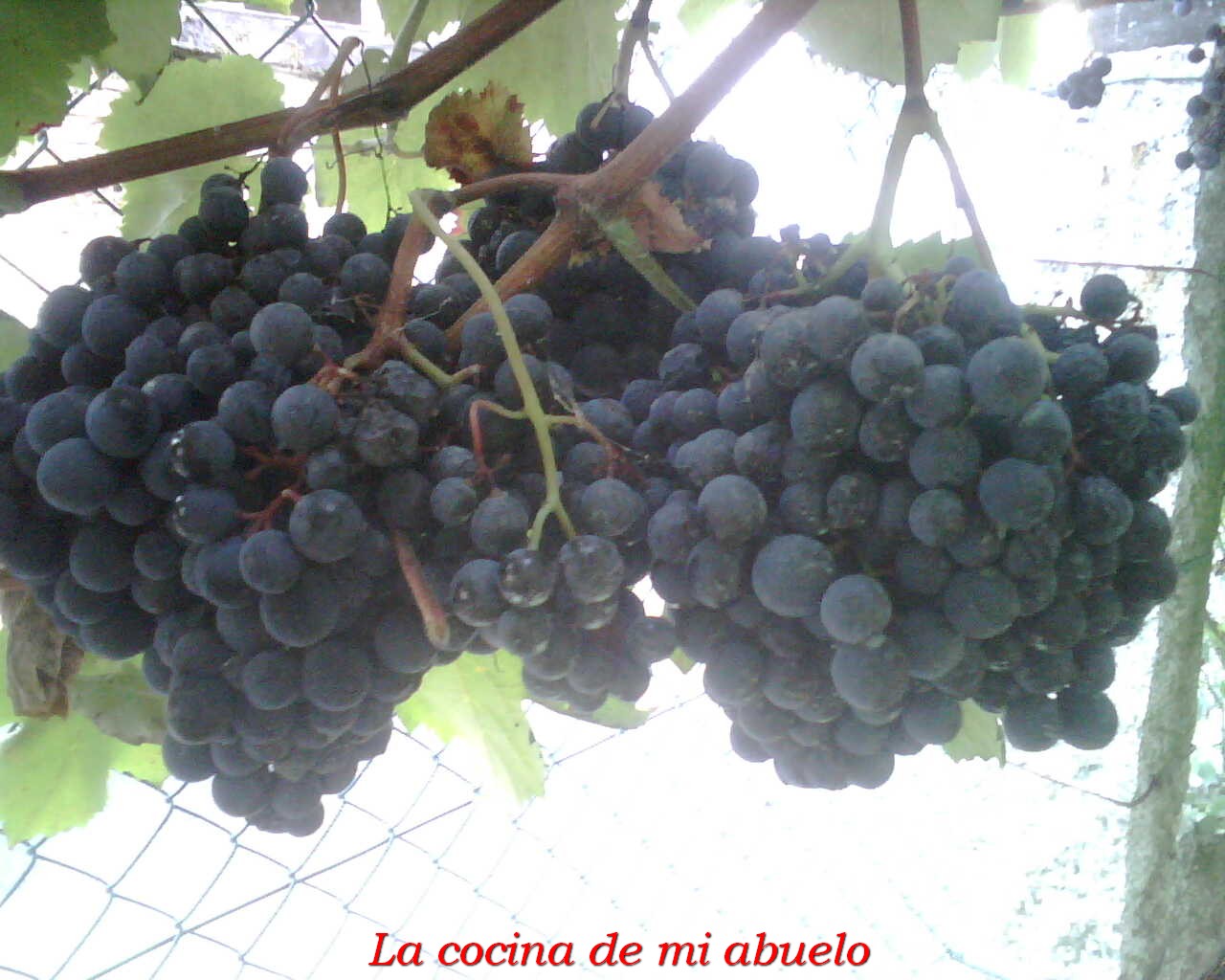Caiño tinto
Borraçal is a red wine grape that is grown in Portugal and is approved in the regions of Douro and Beira Litoral. In Minho, where it was described in 1790, it is used in the red Vinho Verde. In Rebsortenspiegel Portugal the variety increases with an area of 4,497 hectares stocked rank 10 of the red varieties.
The late-maturing and high-yielding variety produces a bright, ruby red wine with a low alcohol content. The species is possibly identical with the mounted in the Spanish region of Galicia Caiño Bravo.
Ampelographic varietal characteristics
In the ampelography the habit is described as follows:
- The shoot tip is open. She is white wool hairy, with reddish approach. The young leaves are hairy white wool on top schwachwollig and on the bottom.
- The large leaves are three-lobed and slightly sinuate ( see also the article sheet form). The petiole is closed. The blade is serrated blunt. The small to medium-sized teeth are set closely compared to other varieties.
- The pyramidalförmige grape is small to medium in size and winged. The roundish berries are medium in size and of a bluish- black color. The berries are juicy.
Borraçal matures about 30 days after Chasselas grape variety and is one of the varieties of the middle third maturation period ( see the section in the article vine ). Makes it one of the late-ripening varieties.
Borraçal is a variety of the noble vine (Vitis vinifera ). It has hermaphrodite flowers and is thus self- fruiting. When the wine-growing economic disadvantage is avoided, no return delivered to have male plants grow. The powerfully built strain grew provides steady returns.
Synonyms
Borraçal is also known under the name Azedo, Bagalhal, Bogalhal, Borraco, Borrasao, Bougalhal, Bovvaco, Cainho Gordo, Cainho Grande, Cainho Grosso, Caiño Gordo, Caiño Grosso, Esfarrapa, Esfarrapas, Espadeiro Redondo, Morraça, Oeil de crapaud and Olho de known Sapo.










